
Read or listen offline
Amazon KindleRecommendation
Editors Pauline J. Sheldon, Karl W. Wöber and Daniel R. Fesenmaier present 40 papers from the International Conference on Information and Communication Technology in Tourism, now in its eighth year. At this conference, tourism and information technology (IT) experts, practitioners and researchers made presentations in 14 categories. Their research, which reflects their individual approaches, covers innovative IT solutions for tourism, knowledge management and change in the tourism industry, electronic communications, Internet marketing, business to business tourism, how consumers use destination web sites, intelligent recognition systems, tourism education and the hotel industry’s IT challenge. These highly technical, sometimes even mathematical, articles are targeted to a specific market - those immersed in IT and tourism. getAbstract.com suggests this expert compilation to information officers, IT academics and tourism executives interested in IT for their companies. If you are interested, but not an insider, you’ll like the chapter abstracts that summarize key articles (but, then again, we do have a soft spot for abstracts).
Summary
About the Authors
The editors - Pauline J. Sheldon of the University of Hawaii, Karl W. Wöber of Austria’s Vienna University of Economics and Business Administration and Daniel R. Fesenmaier of the University of Illinois at Urbana-Champaign - are members of the Research Program Committee of the Eighth International Conference on Information and Communication Technologies in Tourism held in Montreal, Canada April 24-27, 2001. Wöber and Fesenmaier contributed or co-authored conference articles.








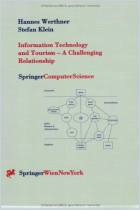
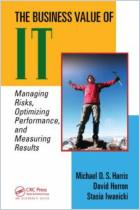

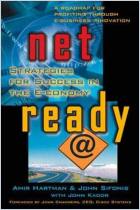
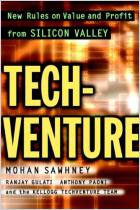
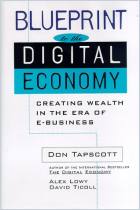


Comment on this summary or Comenzar discusión